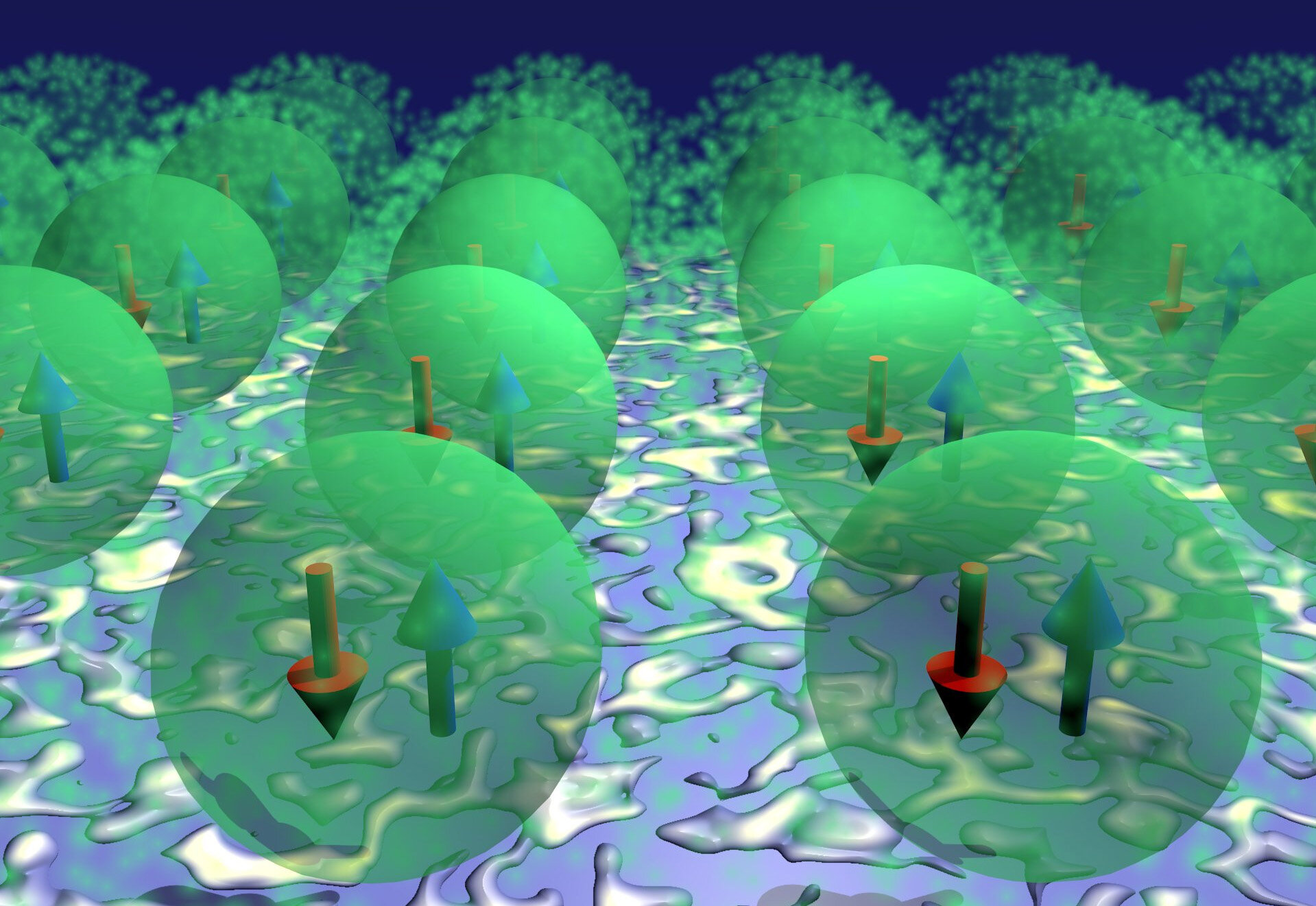Triplons are difficult to observe experimentally and are usually studied in macroscopic materials where measurements are averaged across the sample.
However, designer quantum materials offer a unique advantage, according to Academy Research Fellow Robert Drost, the first author of a paper published in Physical Review Letters. These materials allow researchers to create phenomena not found in natural compounds, enabling the study of exotic quantum excitations.
“These materials are complex and provide exciting physics. However, the most exotic ones are challenging to find and study. Therefore, we are taking a different approach by constructing an artificial material using individual components,” says Professor Peter Liljeroth, head of the Atomic Scale physics research group at Aalto University.
Quantum materials are governed by electron interactions at the microscopic level. These interactions lead to unusual phenomena such as high-temperature superconductivity and complex magnetic states. Quantum correlations also give rise to new electronic states.
In the case of two electrons, there are singlet and triplet states that are entangled. Supplying energy to the electron system can excite it from the singlet to the triplet state. In some cases, this excitation can propagate through a material as an entanglement wave called a triplon. These excitations are not present in conventional magnetic materials, and measuring them has been a challenge in the field of quantum materials.
2023-08-24 00:00:04
Article from phys.org
